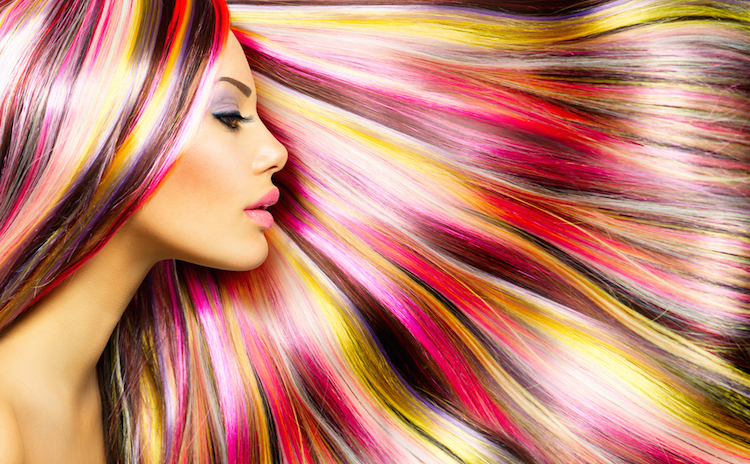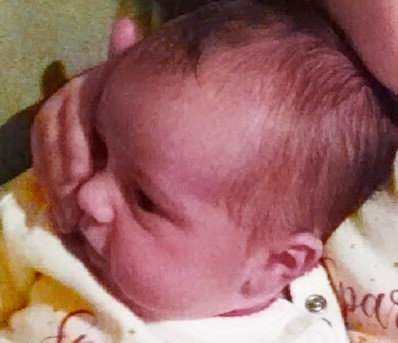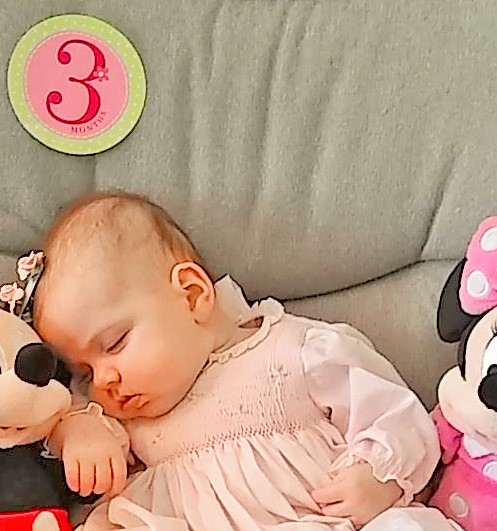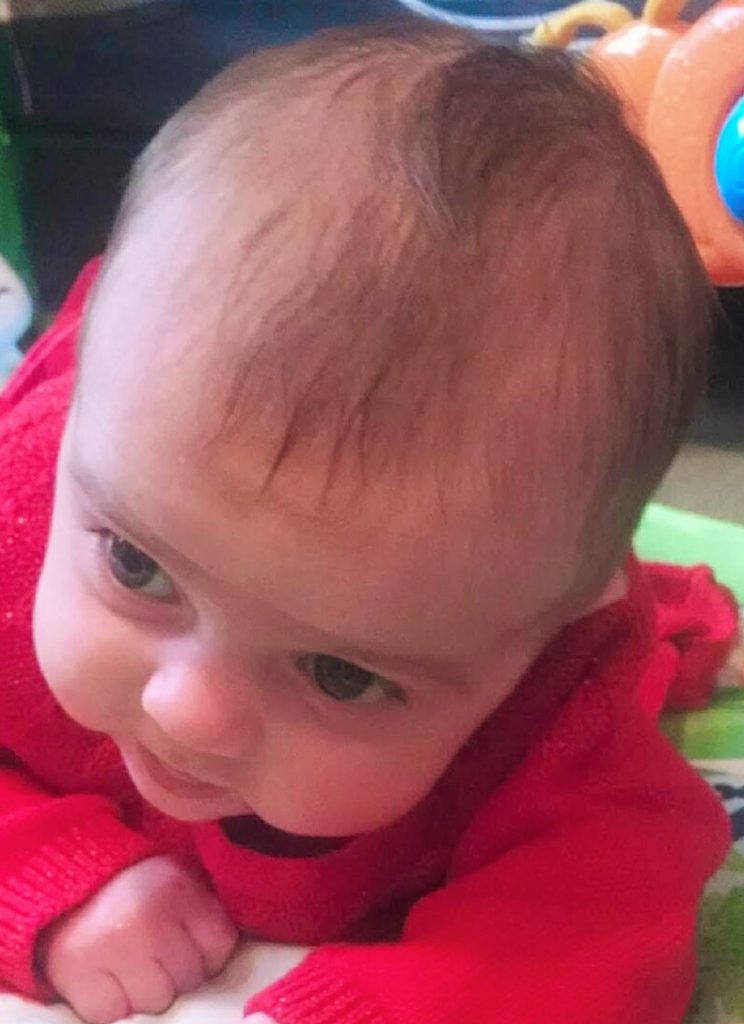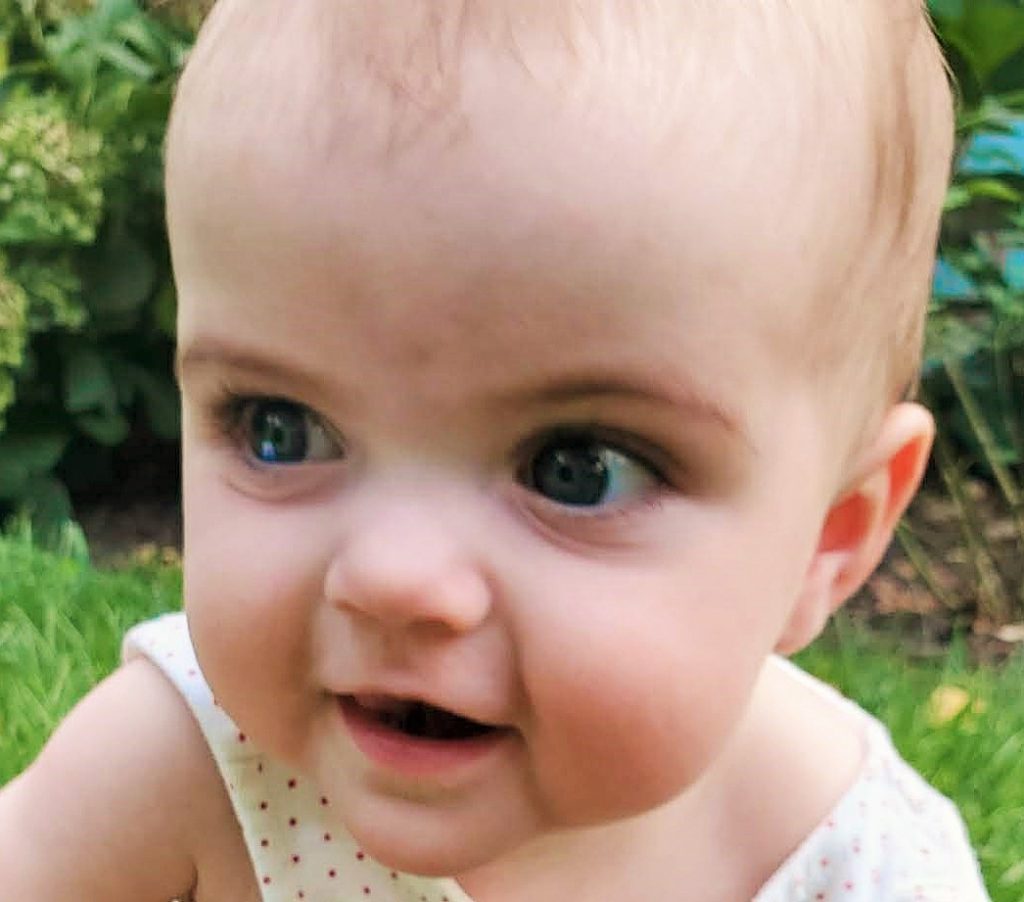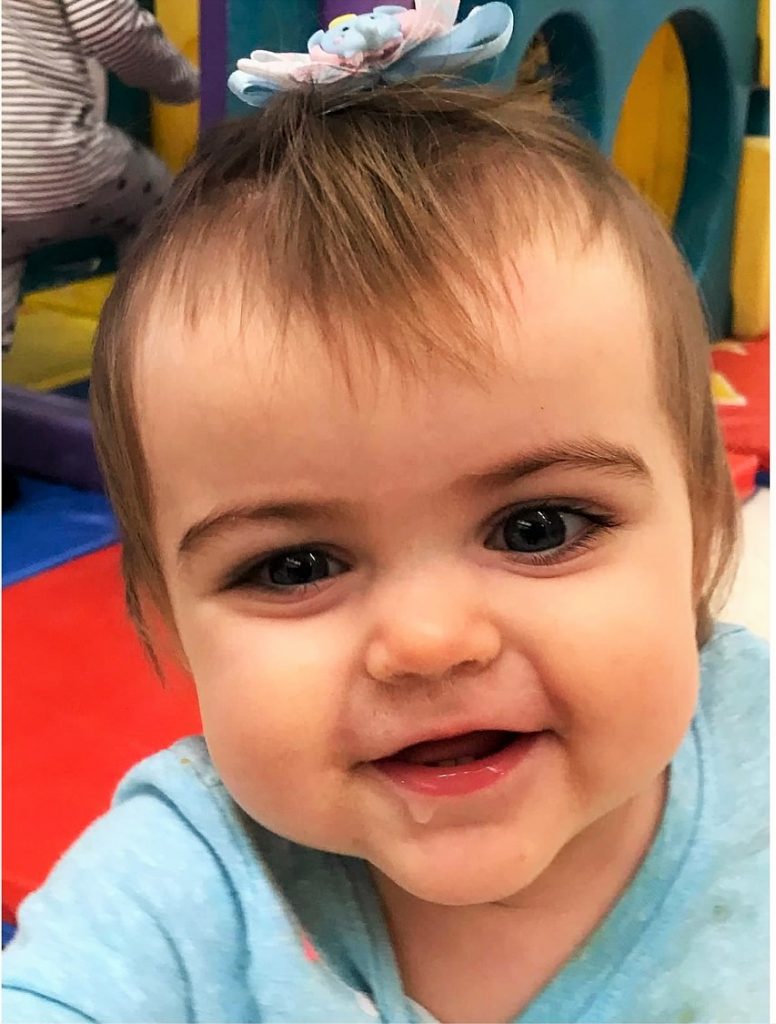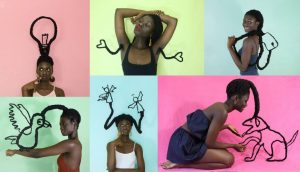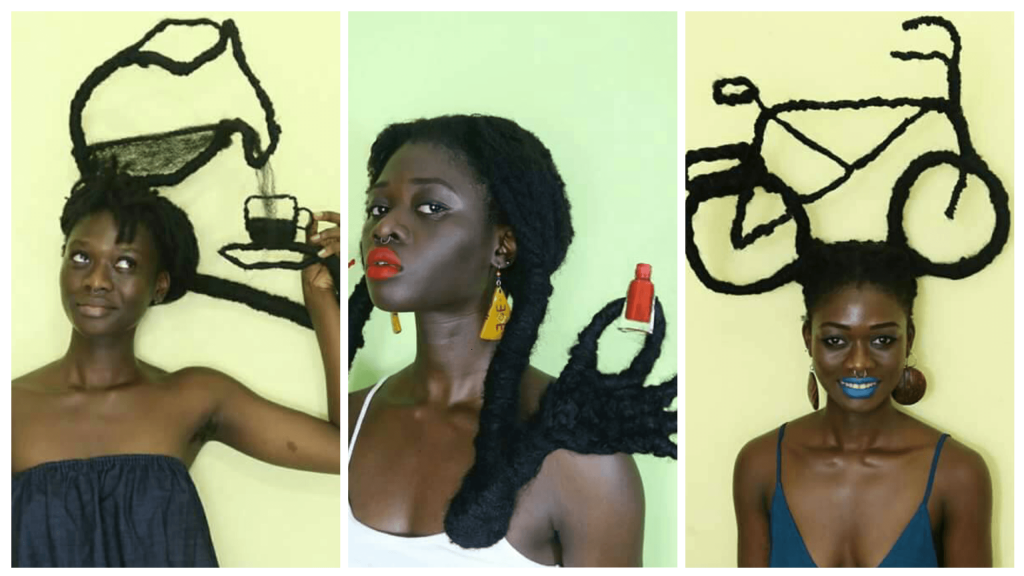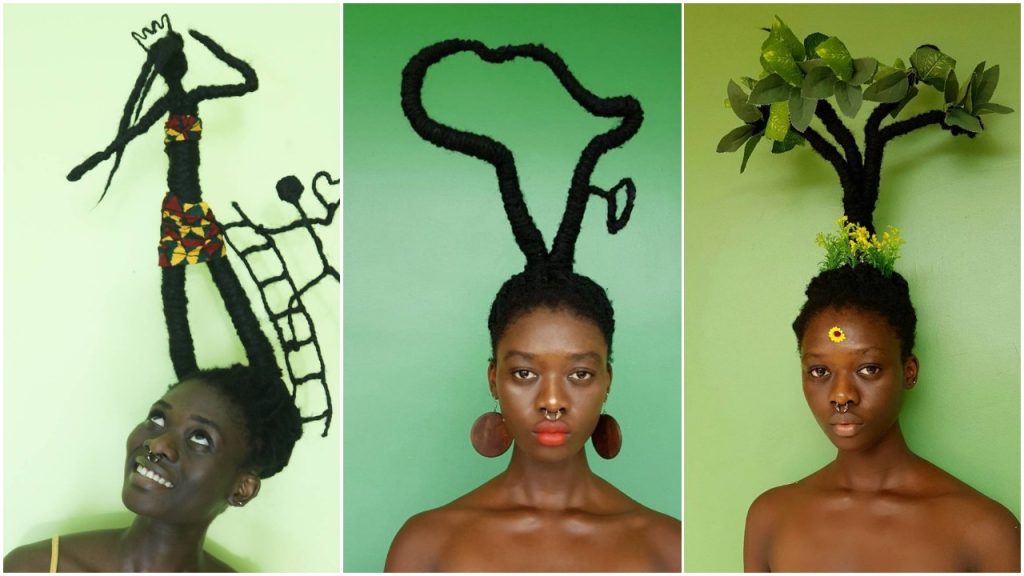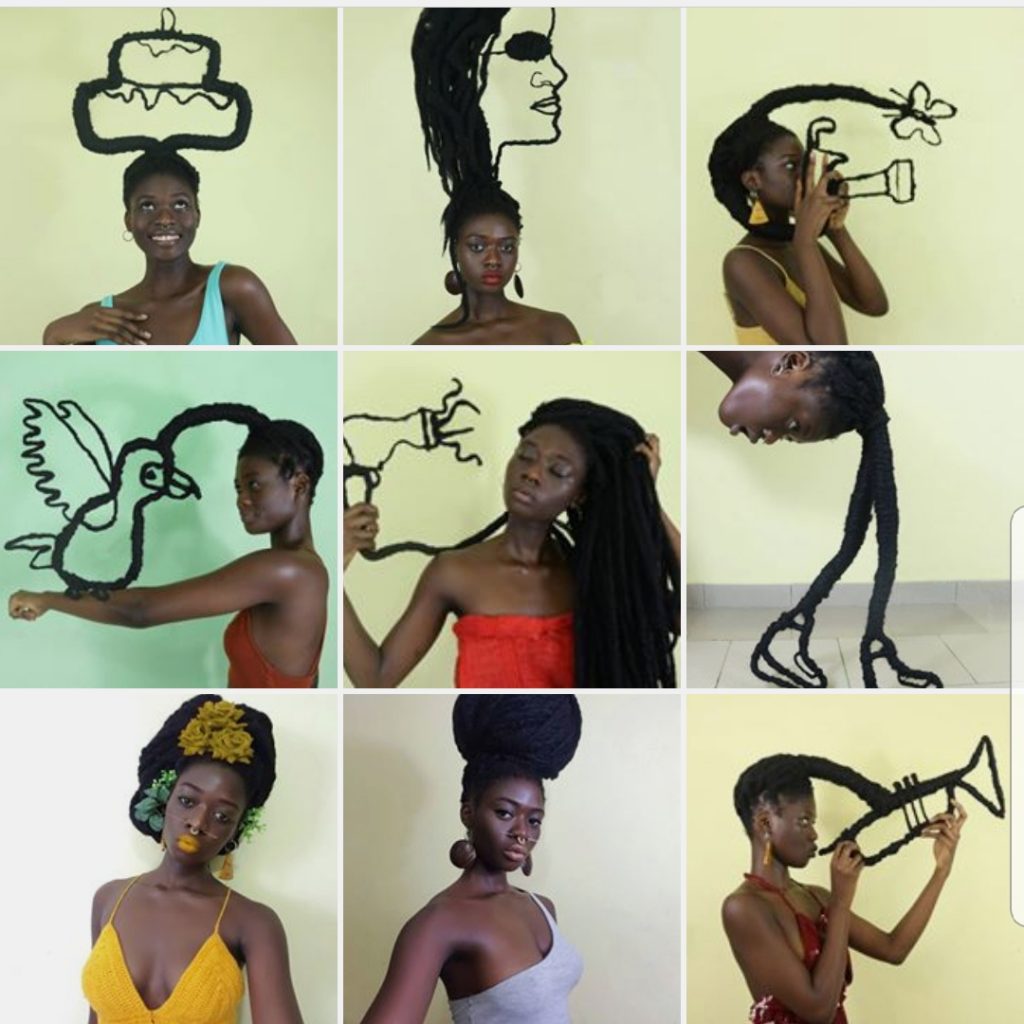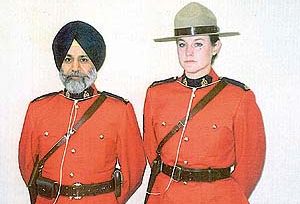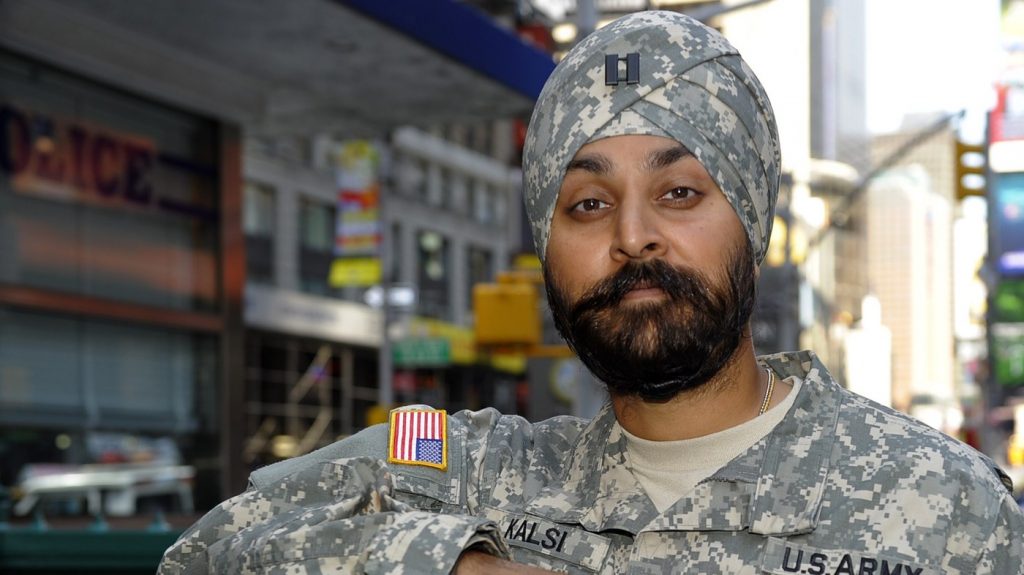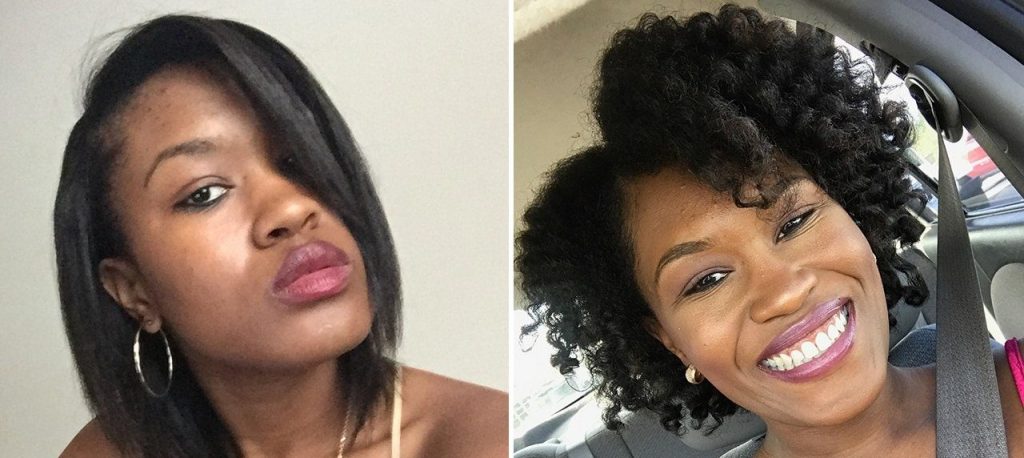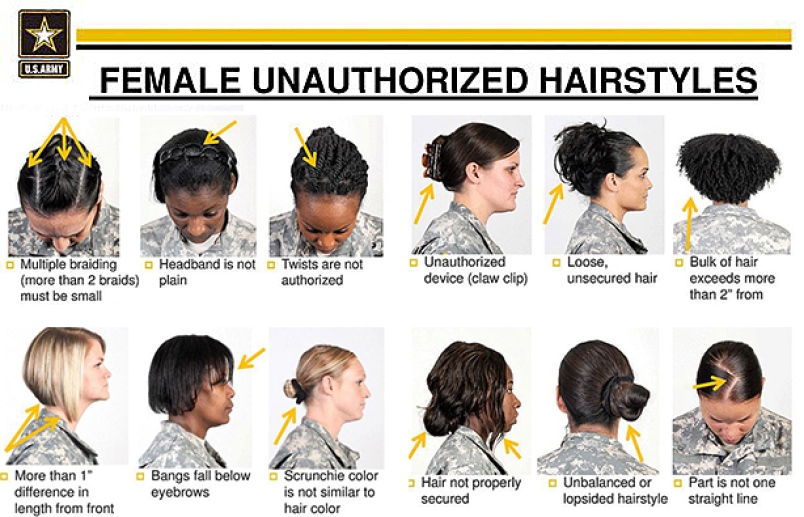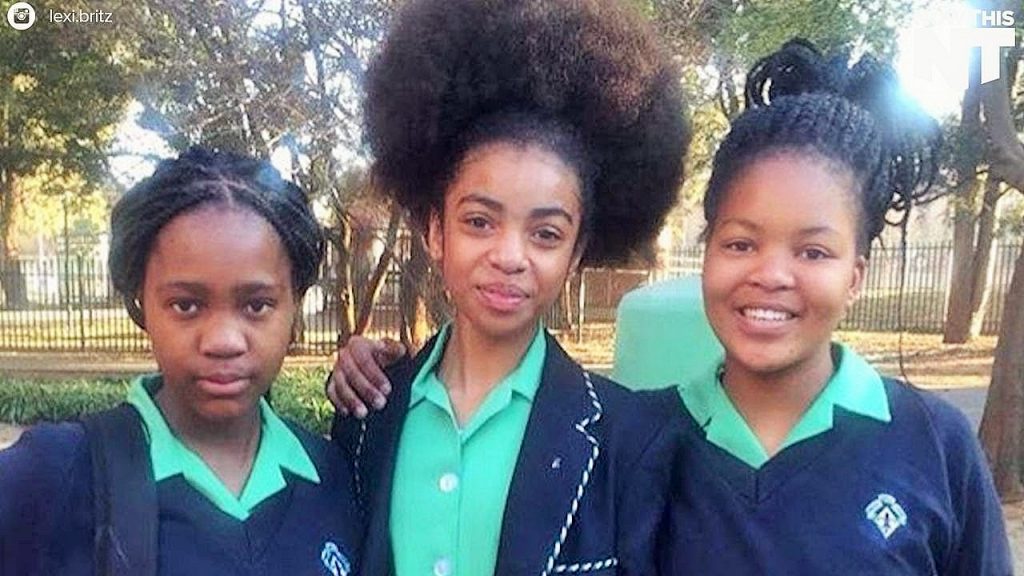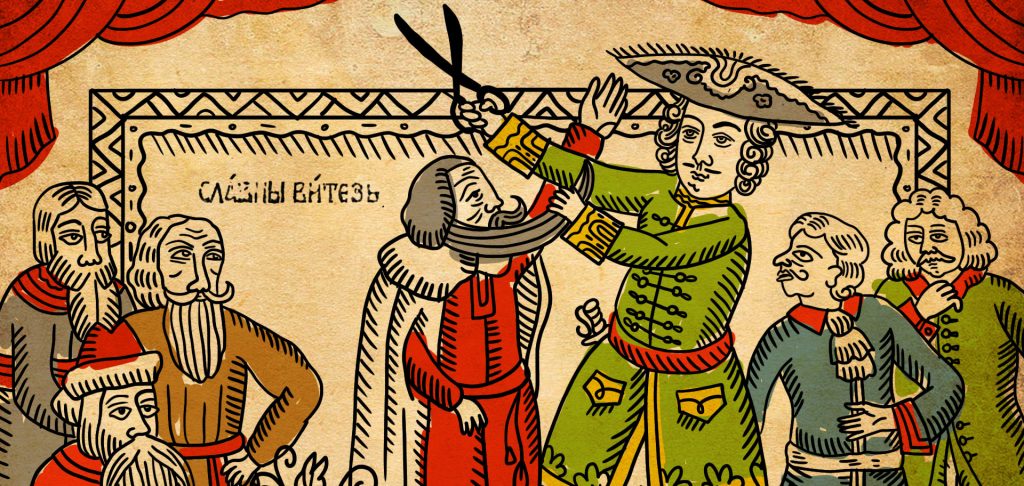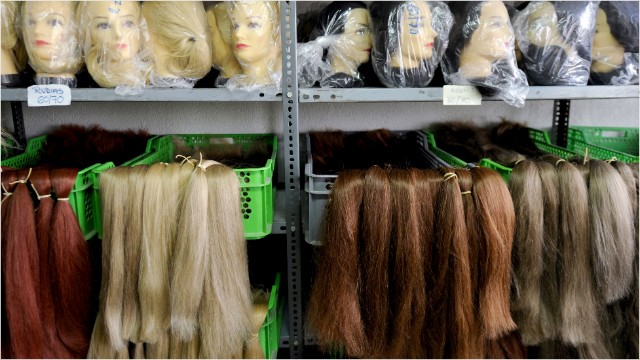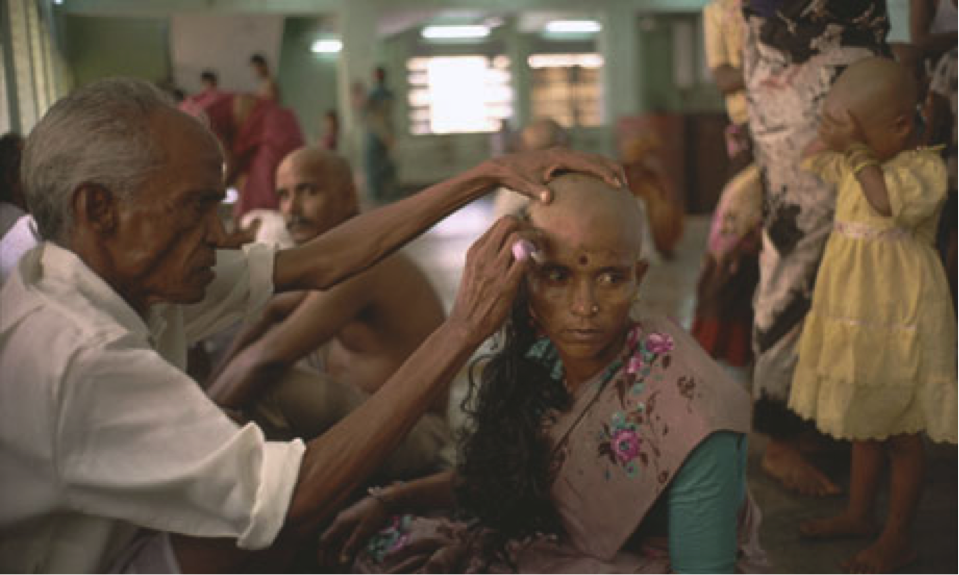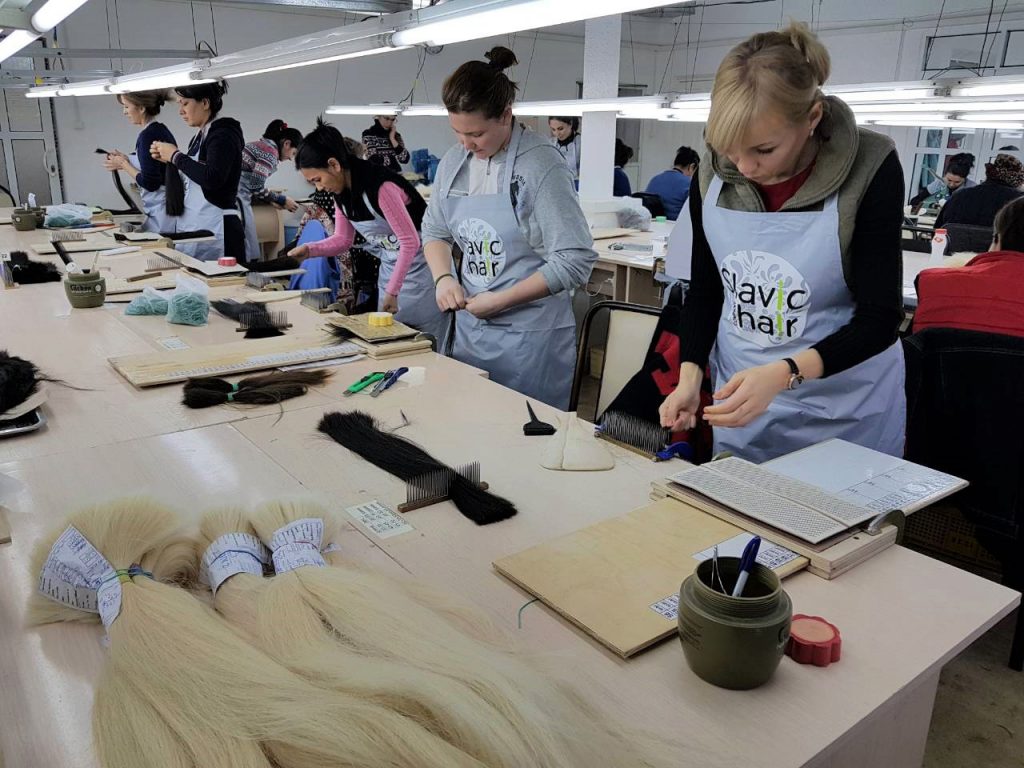My oldest daughter was born bald as a billiard ball and stayed that way for more than three months. My cousin left the hospital with his black hair combed into an Elvis Presley pompadour, but after several weeks he began to lose it. Head hair goes through three stages: growth, resting, and shedding, in that order. At birth, babies’ hair is in the “resting” stage while bodily resources are devoted to more vital functions, like lung development and temperature regulation. After the resting phase, hair sheds. It goes into a growth phase again after three to seven months. From then till puberty, it’s a matter of gaining more head hair. Hair color and/or texture often goes through many changes in the first several month or years.
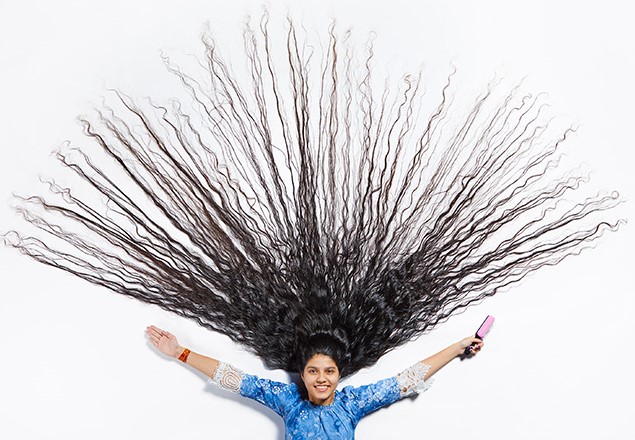
Bottom line for writers: Your young characters’ hair is pretty much up for grabs; except for the stage of “baby-fine,” hair tells us little about age or health of young children.
Puberty
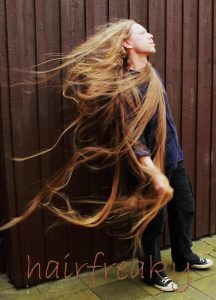
- Males start growing body hair: face, underarms, chest, arms and legs, public area. This can be any time between 9 and 14.
- Females grow hair in adult female patterns: underarms, legs, genital area. Usually starts between 8 and 13.
- Following puberty, hair growth patterns are fairly steady for the next couple of decades.
Bottom line for writers: Hair can be used in a number of ways, but between puberty and 30 or so it isn’t an age marker.
.
Adults shed hair regularly, perhaps 80-100 hairs a day. Shedding hair is not the same as thinning hair or going bald. Babies are born with all the hair follicles they will ever have. When hair follicles shut down, thinning hair or baldness result. And why would writers care?
Why Hair Follicles Shut Down
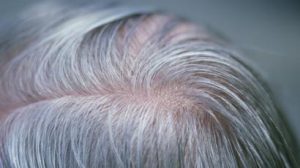
- Age: Both males and females typically notice some thinning or loss of scalp hair as they age, usually starting in the 50s and progressing in 60s, 70s, and 80s.
- A good way to show rather than tell that a character is a “mature” adult
- Genetics: Both thinning and pattern badness tend to run in families for both females and males.
- An unacknowledged family connection could be inferred by similar patterns and ages of onset
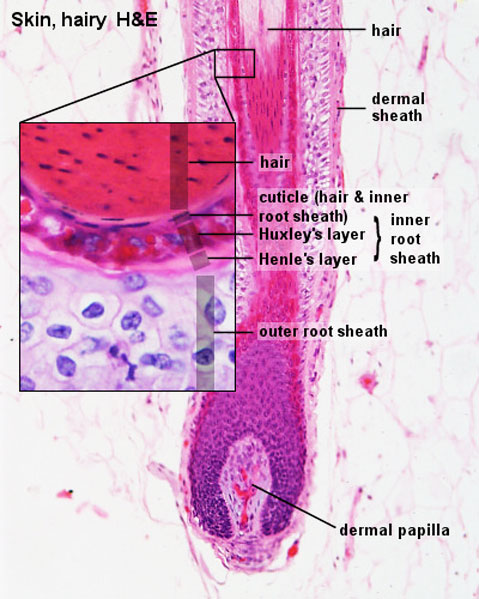
- Alopecia: An autoimmune condition that attacks hair follicles leading to hair loss on the scalp as well as other parts of the body. Symptoms usually start in childhood.
- Good for adding stress and tension.
- Side effects of medication/treatment: Think chemotherapy, but also vitamin deficiencies, some antibiotic, some antidepressants (4 to 6 months after starting treatment), some anticonvulsants for epileptics (dose dependent). Hair usually regrows when/if the treatment ends.
- A clue to unacknowledged/undiagnosed medical issues
- Maybe someone introducing unneeded treatment in order to produce the side effects of hair loss/thinning
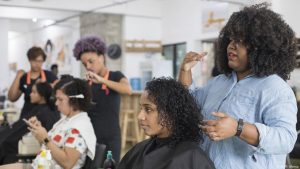
- Hormonal changes: For women, pregnancy and/or menopause; high cortisol levels and thyroid imbalance for both women and men, insulin resistance and estrogen dominance. Deficiencies in vitamin B12, biotin, and zinc can worsen hormone based hair loss.
- Maybe the hair changes/losses create emotional stress during pregnancy or menopause
- Maybe a character is so upset that a major life goal is to find a “cure” through hormone and/or nutritional therapy
- A good hairstylist may notice an illness or pregnancy before the patient simply by observing changing hair
- Certain hairstyles: High ponytails, cornrows, braids, and pigtails if they are too tight and these styles are worn too long.
- Consider a character whose self-concept and/or identity is connected to hairstyle and appearance
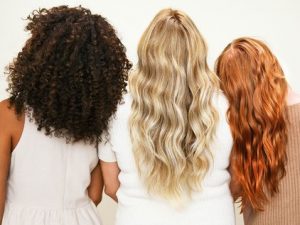
How Hair Changes Over Time
- Growth: Scalp hair grows an average of half an inch a month. And a single hair can last up to six years. Consider hair length as an indicator of age.
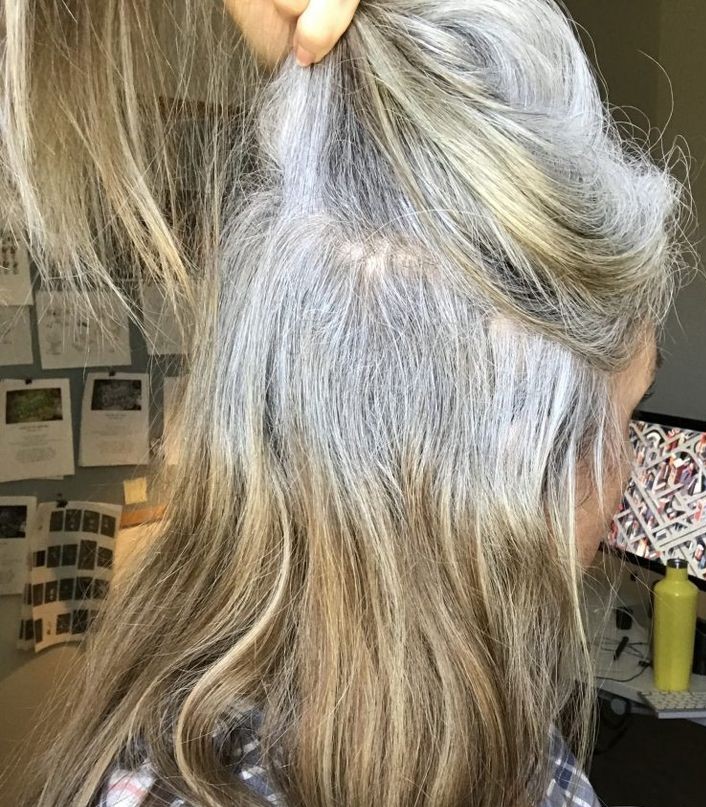
- Color: Chances are, when you think of an old person’s hair, you first think gray. Graying hair can be brought on or accelerated by stress, and unhealthy diet, lack of sleep, or serious illness.
- Generally, the lighter your skin, the sooner your hair will turn gray. Caucasians usually start to turn gray in their early 30s, those with darker skin generally start to go gray in their 40s.
- Hair often grays first at the temples; sometimes it’s throughout the head hair.
- Body hair usually turns gray later, but sometimes not at all.
- When eyebrows gray, the individual brow hairs are long and coarse.
- Is your character embracing gray, or fighting it every step of the way?
- What is your character willing to do to hide gray hair?
- And N.B.: there are far more than 50 shades of gray. Be precise when you describe your character. Think silver, iron, lead, clouds, snow—or that old standby, salt-and-pepper.
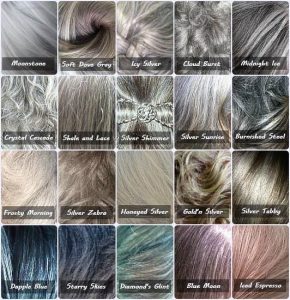
- Thickness and texture: Over time, hair becomes rougher and more prone to break, and each hair itself becomes thinner and smaller. Give more depth to your descriptions of old hair, perhaps through touch.
- Thinning hair and baldness by sex:
- By age 60, two-thirds of males exhibit male-pattern baldness. Hair loss occurs first on the top or at the temples.
- Female-pattern baldness is typically exhibited as thin hair and visible scalp.
- Consider a man who shaves his entire head rather than exhibit graying hair and balding.
- What might a woman with thinning hair experience? Feel? Do?
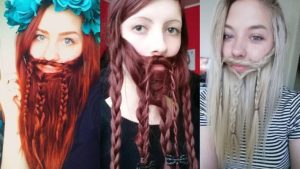
.
- Facial and body hair: In general, facial and body hair also change with greater age. Women and men have less hair on arms, legs, underarms, chest, stomach, and in the genital area
- Women’s remaining hair may get courser, usually around the lips and on the chin.
- Men are likely to grow ear and nose hair.
- Both men and women are likely to lose hair on the outer third of the eyebrows and to get long, coarse eyebrow hairs.
- Older women may grow too much hair, hirsutism, showing hair in places usually associated with male bodies (face, neck, chest, thighs, back).
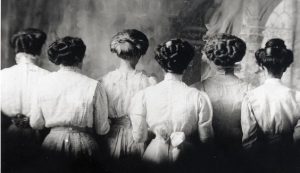
Using Hair To Distinguish Your Character
Face it, many people spend time on hair in one way or another. Except for haircuts, and maybe hair color, these are activities that tend to happen in private if not in secret. What your character does, how, and how often gives your reader a private, intimate view of your character.
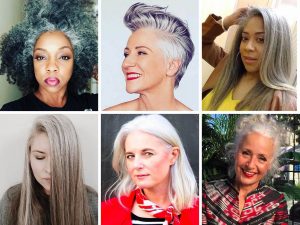
- Women
- Changing hair color, either DYI or at a salon
- Removing hair
- Underarm, leg, eyebrow, face, genital area, around nipples
- Via tweezing, depilatory, waxing, or shaving
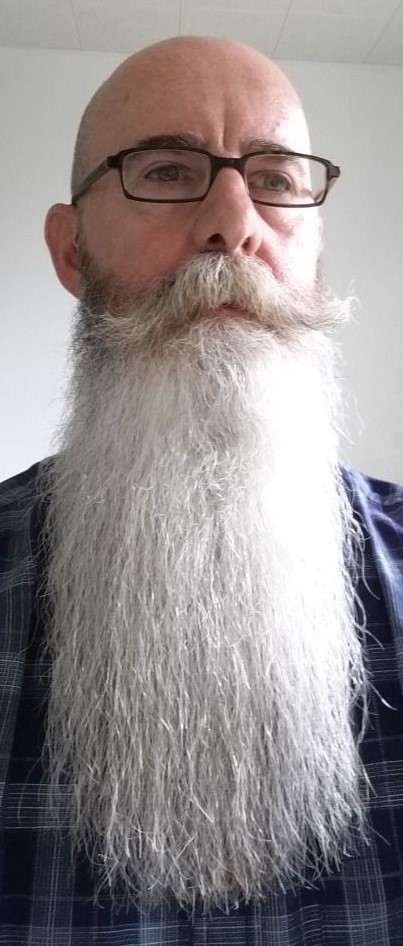
- Men
- Changing hair color (scalp or facial)
- Shaving
- How often?
- Using what instrument?
- Beard?
- What length?
- Remove, trim, or shape body hair
- Aging Athletes
- Those who removed all hair to improve performance: swimmers, cyclists, runners, etc. Do they continue their old habits?
- Female athletes who train intensely throughout puberty often stop mentstruating temporarily, which can have a long-term effect on hair growth, texture, and color.
Hair Politics
Hair is so closely connected to personal identity and image that controversy is more or less inevitable. For more specifics on these issues, I advise you to visit the resources linked.
- Religious direction at odds with uniform or dress standards
- Royal Canadian Mounted Police recently changed their facial hair requirements, allowing Sikhs, Muslims, and members of other religions to serve as officers.
- The US Air Force has made similar changes.
- (Unrelated but still really cool – the Air Force has also started making uniform shirts that allow women to breastfeed while in uniform!)
- British Royal Navy uniform regulations now allow Rastafarians to maintain their long hair and beards so long as safety (such as face mask seals) is not compromised. Uniform regulations may be adjusted further to allow turbans.
- Many private religious schools in the US require specific hair lengths for boys and girls; boys cannot have long hair, and girls cannot have short hair.
- Similarly, many schools have specific regulations forbidding cornrows, dreadlocks, box braids, and other hairstyles primarily worn by students of African descent.
- Opposing cultural pressures on women (and men) to change the length, color, texture, or style of their hair
- Society defines the ideal of beautiful hair ideal is silky smooth, blond or brunette, and as soft and fine as a baby’s – in essence, Caucasian.
- Many of the products used to achieve these results are extremely caustic if not toxic.
- Women who relax, color, heat, and style their hair to meet this ideal sometimes face push-back from within their own communities.
- Military regulations, school dress codes, athletic associations, etc. often prohibit hair styles favored by women of African descent as well as “natural” hair styles; effectively, this forces women to cut their hair very short or use extreme treatments to mimic Caucasian hair. It is still legal in the United States to fire or refuse to hire an employee who has deadlocks, even if they are not a safety concern.
- Both men and women are pushed to remove all traces of gray from their hair, along with masking crows feet, laugh lines, age spots, and so on from skin.
- Men with long hair are told that only short hair is sufficiently manly.
- Women with short hair are told that only long hair is sufficiently feminine.
- Historically (and currently, in some parts of the world), women have been punished for various transgressions by having their hair cut very short.
- Hair texture and color has been used as a marker on the scale of race differentiation in apartheid South Africa, by Adolph Hitler to determine Jewish ancestry, discriminating against “Catholic” redheads during the Great Famine in Ireland, while separating Aboriginal families in Australia, and in many other periods of history.
- Czar Peter the Great of Russia decided that long beards were old-fashioned and not Western enough and forbade them in his court, going so far as forcibly cutting off the beards of his courtiers.
- Society defines the ideal of beautiful hair ideal is silky smooth, blond or brunette, and as soft and fine as a baby’s – in essence, Caucasian.
- The dubious world of hair extensions
- Hair extensions are primarily marketed to women trying to achieve the ideal set by society and hair product companies.
- The hair to make the extensions is often sourced from women in dire situations.
- Venezualan women have created a black market selling their hair and breast milk, which is the only way many of them can afford food.
- Rural Indian women, whose long hair is often a traditional class or culture marker, have their hair forcibly shaved off by men in their families desperate for income.
- Khmer women sometimes have their extremely long hair cut off by police as punishment for dubious charges or by family members desperate for food.
- Northern Russian women with blond hair are particularly prized by buyers because of the versatility of naturally light hair. Several buyers make routine circuits through isolated areas and pressure women (and young girls) to sell their hair repeatedly, paying only a few dollars for hair they sell for hundreds of dollars.
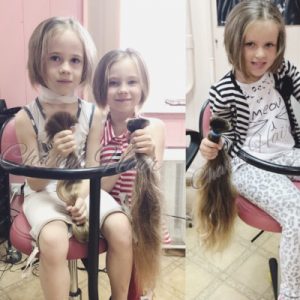
Miscellaneous Hair Facts That May or May Not Be Useful to Writers
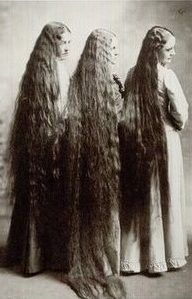
- Regardless of location on the body, hair goes through the stages of growing, resting, and shedding.
- Trimming does not affect the growth cycle of hair.
- Head hair can continue to grow for 3-7 years for each follicle, at the rate of 6 inches per month.
- Chest hair doesn’t grow beyond a certain length, often about 1 inch.
- Armpit hair can be longer than chest hair and may grow outside the bounds of the armpit.
- Pubic hair is often trimmed, shaped, or completely removed.
- Eyebrow hairs stop at about 1 centimeter until they go rogue during older age, sometimes reaching an inch or more untrimmed.
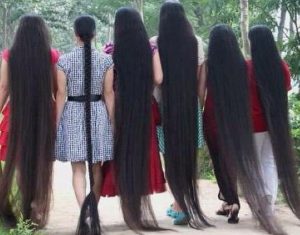
Bottom bottom line for writers: Use hair more in your characterizations and plots. It is less common and will make your work fresher.

